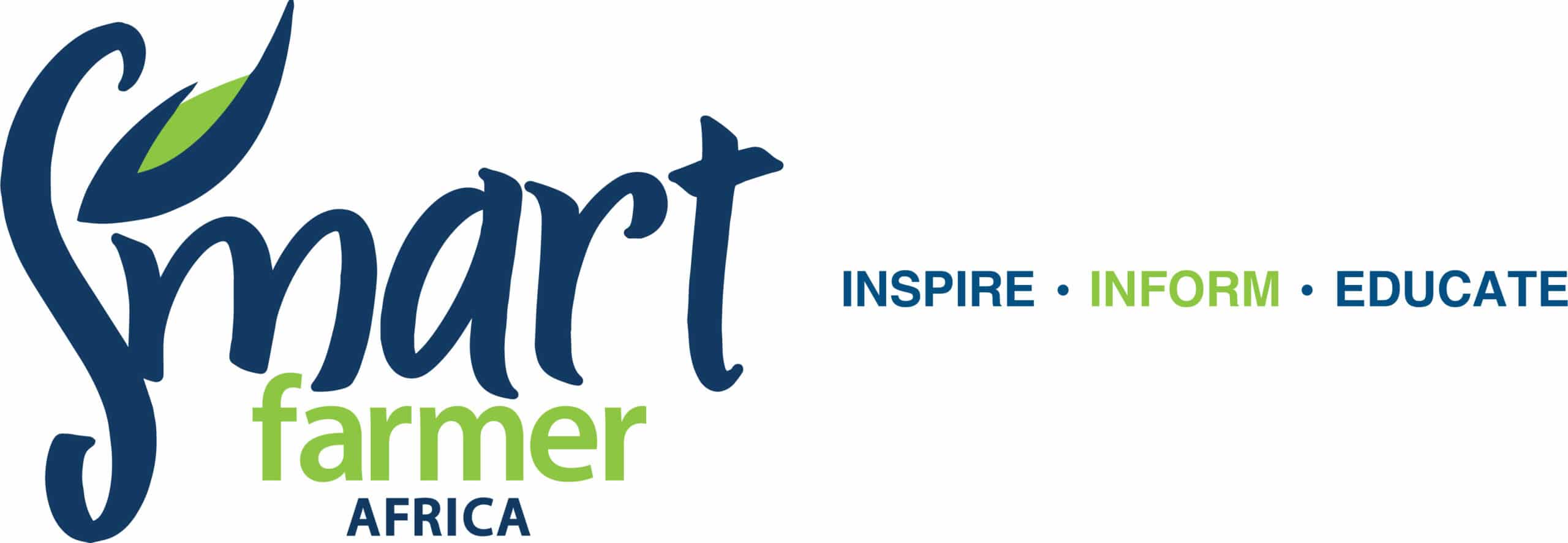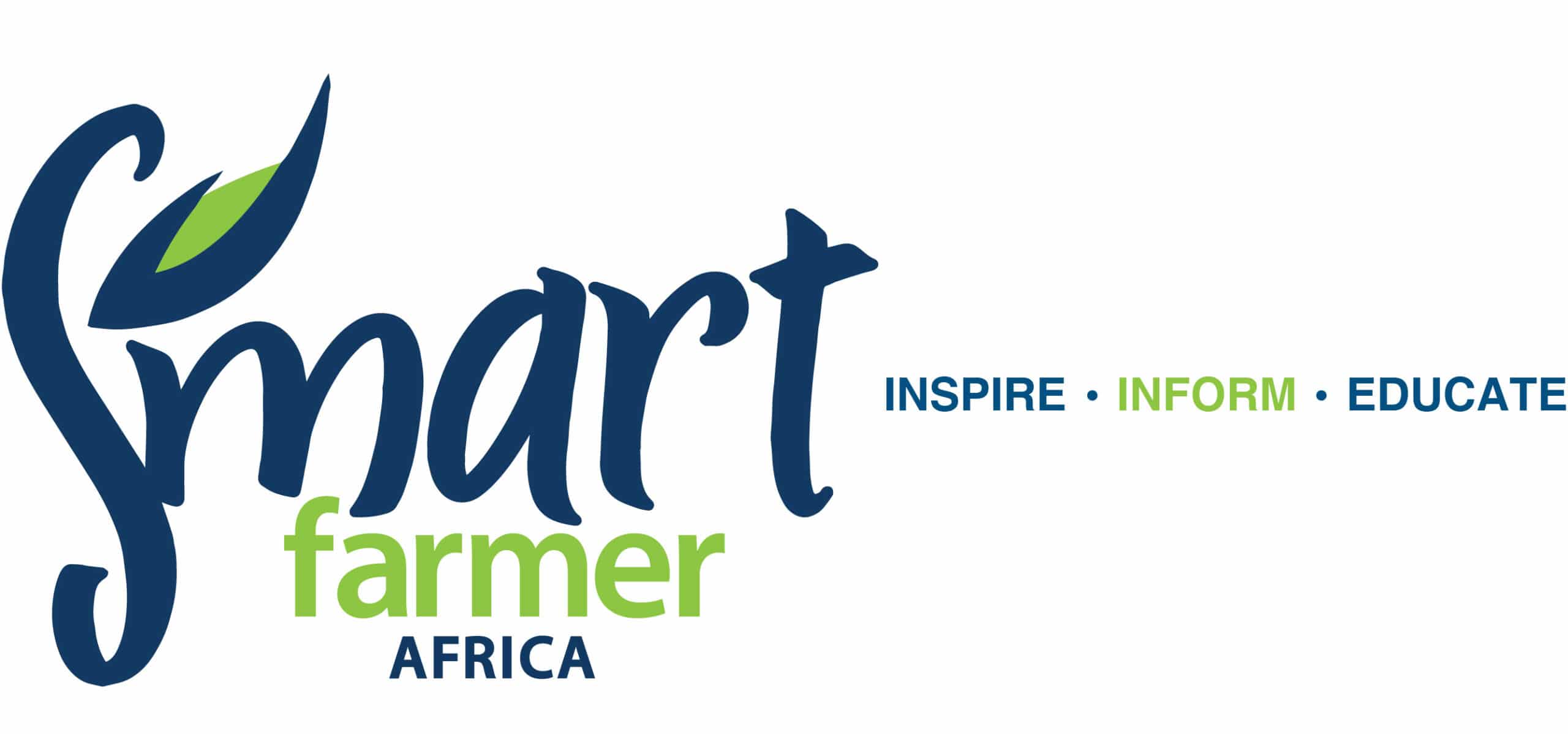Kalro launches app to give farmers instant rainfall info
Farmers across Kenya will now be able to get information on rainfall patterns within their regions at the touch of a button on their phones.
Through the Kenya Agricultural Observation Platform (KAOP), they will obtain accurate information on rainfall across all regions.
The app, which has been developed by the Kenya Agricultural and Livestock Research Organisation (Kalro), with support from the World Bank, will provide data on probable rainfall amounts in a specific region, and data on previous rainy days, months and even years. It will also predict long term and current rainfall location-specific patterns as well as give pest and disease forecasts.
The platform is a computer-based decision support tool, which has 6,756 virtual weather stations in 9x9km square arrays.
Speaking during the launch at the Kalro Naivasha station Agriculture Cabinet Secretary Peter Munya said that ‘’accurate weather forecasting is a prerequisite for proper farm planning and production for both producers and consumers’’.
He added: “Indeed, this platform is a first in Africa. With the support from the World Bank, the KAOP is a clear testimony of what effective partnerships can help us to achieve. The continued partnership with the World Bank has also led to the establishment of the Big Data Platform for the agricultural sector.”
The CS said that the innovation would go a long way in assisting farmers to mitigate the effects of climate change.
The app will enable farmers to know the right time to plant their crops based on the amount of upcoming rainfall.
With help from USAid, Kalro has also developed 24 other mobile applications, one digital platform and an ERP solution
Munya said that the government would continue to create an enabling environment for R&Ds such as Kalro to enable them to generate technologies and innovations to improve agricultural productivity and food security for demand-driven agricultural and livestock product value chains.
‘’The adoption of climate smart agriculture through the application of tools and technologies as well as effective communication of weather information reduces the negative impacts of climate change and enhances access to food security in a changing environment,’’ he said.



Comments are closed.